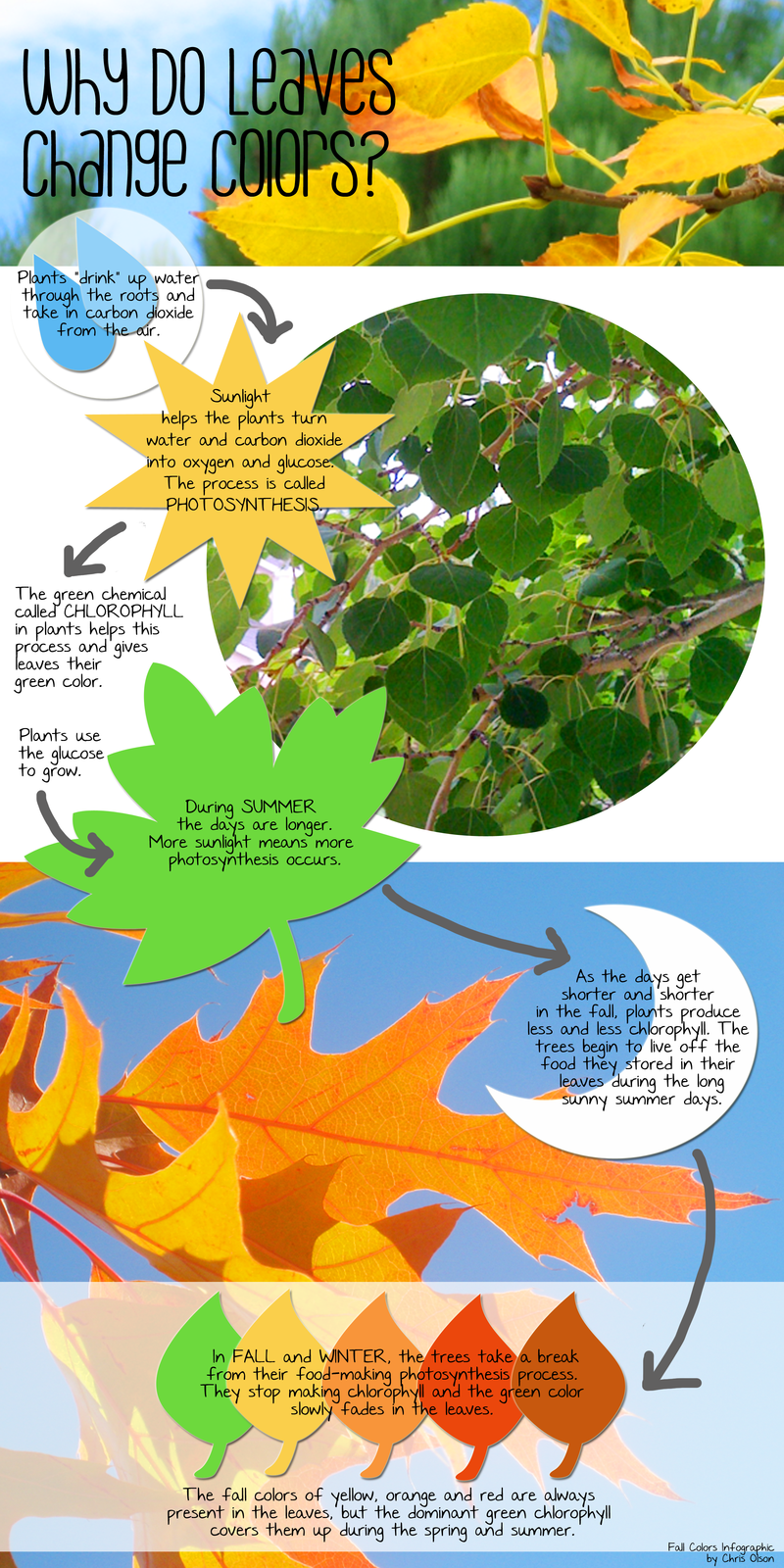How Do Plants Obtain Carbon
Some plants use Crassulacean acid metabolism photosynthesis which concentrates carbon dioxide in the leaves. Plants can obtain the CO2 necessary for photosynthesis via stomates.
Pin On Plants Source: www.pinterest.com
The process by which this carbon is transformed into organic matter is called photosynthesis.

How do plants obtain carbon. How do plants obtain carbon atoms. From carbon dioxide in the atmosphere d. Terrestrial or land plants use their roots to get water they collect carbon dioxide through openings on their leaves called stomata and sunlight is captured through chloroplasts within the.
The tiny pores present on. Aquatic plants are able to absorb the carbon dioxide that has been dissolved into the water they live in. So carbon comes from inorganic carbon.
From microorganisms that live in soil c. They get nitrogen by by photosynthesis. This 34 words question was answered by Jared M.
Terrestrial plants are with leaves having tiny pores on their surface called stomata. They get oxygen by photosynthesis. Stomates are openings which can be found on the upper or lower epidermis of a leaf the size of which can be regulated by guard.
This carbon comes from C O 2 carbon dioxide that is present in the air. Through photosynthesis plants use energy in sunlight to convert carbon dioxide and water to the sugar glucose that they need to survive and grow. Now we will understand how plants obtain Carbon Dioxide On the surface of the leaves of the plants there are a large number of tiny pores known.
Plants obtain carbon atoms from carbon dioxide in the atmosphere. Thus the correct option for this question is A. The question contains content related to Biology and Science.
Land plants get water from the ground through their extensive root system carbon dioxide from the air through their stomata tiny holes in a plants leaves and energy from the sun. This carbon dioxide can originate from the atmosphere or from animals and bacteria via respiration. Plants obtain carbon in the form of carbon dioxide from the air.
A new study involving ANU and international collaborators has found plants release more carbon dioxide into the atmosphere through respiration than expected. From animals that feed on the plants. Some of this liquid form of carbon along with amino acids and other compounds is also secreted by their roots feeding soil organisms and promoting the production of humus the dark organic matter that is the foundation of soil fertility.
Plants produce food from a chemical process called photosynthesis which combines carbon dioxide water and sunlight to produce glucose. Since its upload it has received 148 views. The stomata contain guard cells that regulate the opening and closing of the stomata.
Photosynthesis is a process in which plants use energy from sun carbon dioxide from air and water to produce glucose and oxygen. Plants use photosynthesis to capture carbon dioxide and then release half of it into the atmosphere through respiration. Plants obtain carbon by taking in carbon dioxide in the leaves.
More specifically the carbon get fixed through a chain of reaction called the Calvin cycle that are part of the photosynthetic process. This makes such plants more resistant to a low carbon dioxide level but under a certain threshold of carbon dioxide concentration this type of photosynthesis also becomes impossible. Equation for photosynthesis is given by.
On StudySoup on 5312017. They are opened only when the plant needs carbon dioxide for photosynthesis. Stomata Opening and closing of stomata Function of stomata How do plants obtain carbon dioxideHey EveryoneWhat is Stomata.
Plants also release oxygen into the atmosphere through photosynthesis. The answer is CPlants take carbon dioxide from the atmosphere during photosynthesis to produce water oxygen and energy that is then stored in sugars. Aquatic plants get water and carbon dioxide from their aquatic environment and like the land plants light energy from the sun.
They get hydrogen by photosynthesis. Aquatic plants obtain only little amount of. From carbon in the soil b.
Learn About Fossil Fuels Science For Kids Carbon Cycle Nitrogen Cycle Science For Kids Source: www.pinterest.com
Recipe For A Living World Biology Ti Science Nspired Student Encouragement Biology Photosynthesis Source: www.pinterest.com
Why Do Leaves Change Color In The Autumn From Science Bob S Blog Fall Science Plant Science Teaching Science Source: www.pinterest.com
20 Easy Houseplants That Purify The Air Plants Indoor Plants Garden Care Source: www.pinterest.com
How Do Aquatic Plants Get Carbon Aquatic Plants Plants Veggie Garden Source: www.pinterest.com
Howstuffworks How Irrigation Works Photosynthesis Lessons Photosynthesis Science Lessons Middle School Source: www.pinterest.com
